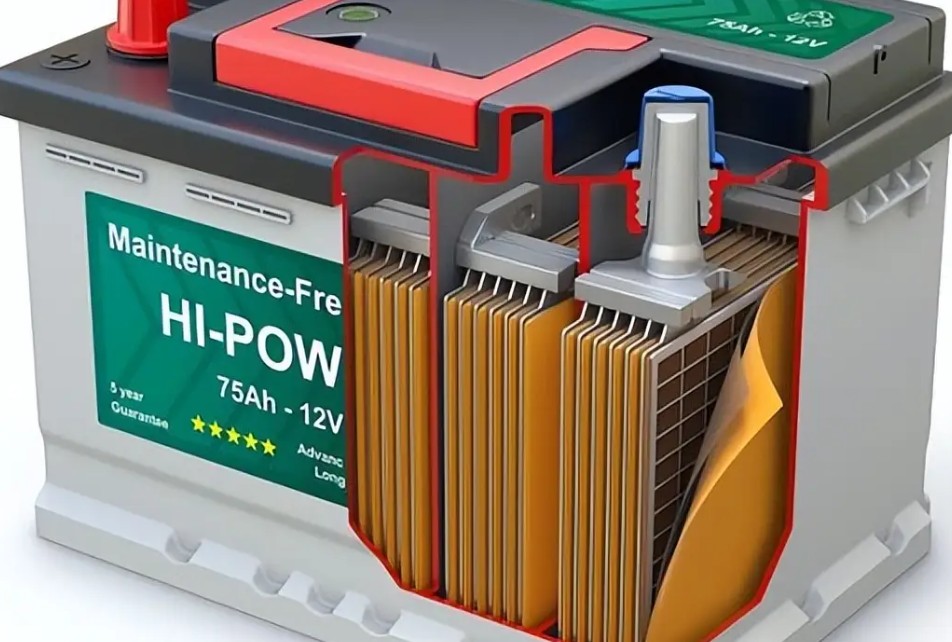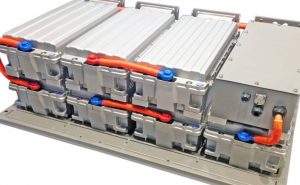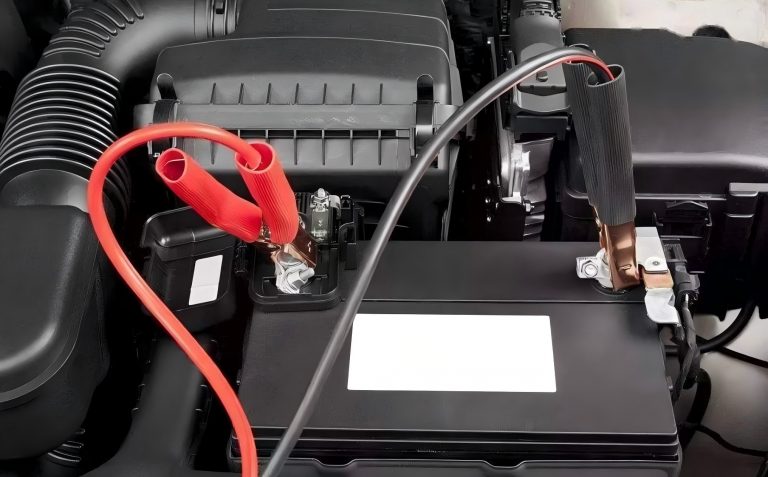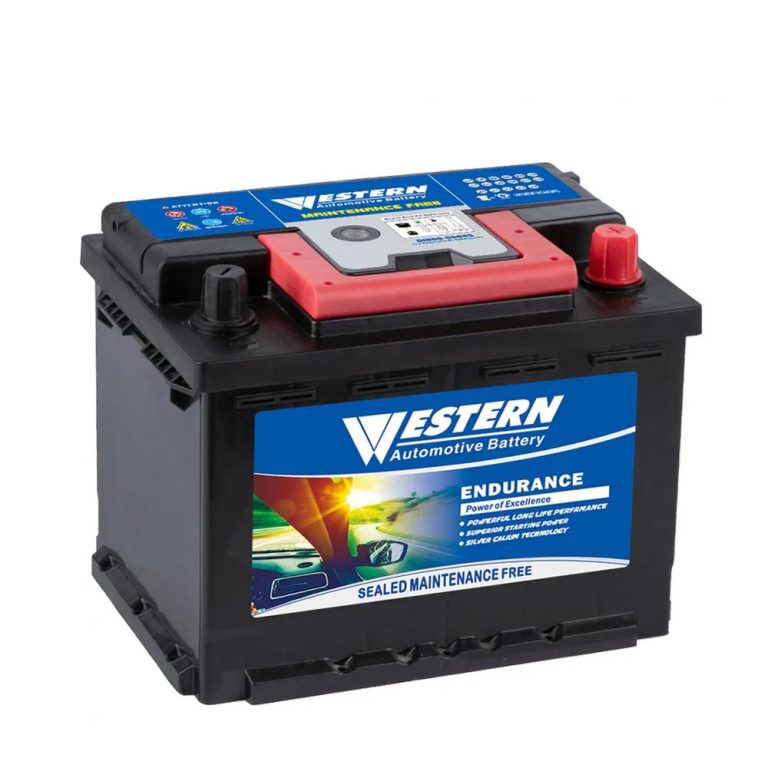12V Batteria con acido piombo vs. Batteria al litio: Differenze chiave, Applicazioni, e confronti delle prestazioni
Quando si sceglie tra a 12V Acido di piombo batteria e un 12Batteria al litio V, Molti fattori devono essere considerati, compresi gli scenari di applicazione, prestazione, durata, e costo. Qui, Esploreremo le differenze chiave tra questi due tipi di batterie, Confronta i loro vantaggi e svantaggi, e analizzare le loro applicazioni pratiche.
1. Differenze di applicazione: Perché sono usati in diversi scenari?
Sebbene sia le batterie al piombo che quelle al litio forniscano alimentazione a 12 V, servono settori diversi a causa delle loro caratteristiche uniche.
🔹 Applicazioni delle batterie al piombo:
- Automobilistico (Batteria di avviamento): Le batterie al piombo forniscono un'elevata corrente di picco, rendendoli ideali per i veicoli con motore a combustione interna (automobili, camion, e motociclette).
- UPS (Gruppo di continuità): Utilizzato per l'alimentazione di backup di emergenza nei data center e negli ospedali.
- Stoccaggio di energia rinnovabile: Impiegato nei sistemi di accumulo dell'energia solare, sebbene il litio lo stia sempre più sostituendo.
- Attrezzature industriali e pesanti: Carrelli elevatori, carrelli da golf, e i veicoli da cantiere utilizzano spesso batterie al piombo per la loro affidabilità ed efficienza in termini di costi.
✅ Esempio: IL Batteria al piombo DIN40 (12V, 40Ah) è ampiamente utilizzato nelle auto di piccole dimensioni grazie alla sua convenienza e alla capacità di fornire un elevato amperaggio di avviamento a freddo (ACC 380A).
🔹 Applicazioni per batterie al litio:
- Veicoli elettrici (EVS) & Auto ibride: Tesla, BYD, e altri marchi di veicoli elettrici si affidano alle batterie agli ioni di litio per la loro elevata densità di energia e la lunga durata.
- Elettronica portatile: Smartphone, computer portatili, e i droni richiedono batterie agli ioni di litio per essere leggeri, accumulo di energia ad alta efficienza.
- Marino & Batterie per camper: Le batterie al litio sono preferite nelle barche e nei camper grazie alla loro lunga durata e alla ricarica rapida.
- Accumulo solare ad alte prestazioni: Batterie al litio (come LiFePO4) dominano i sistemi di energia solare off-grid grazie alla maggiore efficienza e durata del ciclo.
✅ Esempio: Quello di Tesla Modello 3 pacco batteria usi Litio Ferro Fosfato (LiFePO4) tecnologia, offerta finita 3000 cicli di carica rispetto a 300-500 cicli per batterie al piombo.
🔍 Perché applicazioni diverse?
- Sensibilità al peso: Le batterie al litio lo sono 60-70% più leggero rispetto al piombo, rendendoli ideali per applicazioni mobili e sensibili al peso.
- Durata & Velocità di ricarica: Le batterie al litio durano più a lungo (fino a 5000 cicli) e si caricano molto più velocemente del piombo-acido.
- Considerazioni sui costi iniziali: Le batterie al piombo lo sono più economico in anticipo, ecco perché sono ancora ampiamente utilizzati in applicazioni sensibili al budget.
2. Confronti tecnici: Misurare, Peso, Durata, e Costo
| Caratteristica | 12V Batteria al piombo | 12Batteria al litio V |
|---|---|---|
| Peso | 10-30kg (PER ESEMPIO., DIN40 è 10,65 kg) | 3-6kg (Il litio lo è 60-70% più leggero) |
| Densità di energia | 30-50 Wh/kg | 150-200 Wh/kg (3-5× altro) |
| Vita ciclo | 300-500 cicli | 2000-5000 cicli |
| Tempo di ricarica | 6-12 ore | 1-4 ore (Supporta la ricarica rapida) |
| Tasso di autoscarica | ~5% al mese | ~2% al mese |
| Stabilità della tensione | Cadute di tensione durante la scarica | Voltaggio più stabile |
| Manutenzione | Richiede il rabbocco periodico dell'acqua (per i tipi allagati) | Senza manutenzione |
| Sensibilità alla temperatura | Funziona bene in condizioni di freddo estremo | Lotta in condizioni sotto zero senza riscaldamento |
| Prezzo (12V40Ah) | $50-$100 | $150-$300 (2-3× più costoso) |
📊 Fonti dei dati:
- Studio sulle batterie Tesla (Tesla, Inc.)
- Università della batteria (Elettronica Cadex)
- Dipartimento dell'Energia degli Stati Uniti (DOE) Ricerca sullo stoccaggio dell'energia
3. Pro & Contro: Quale è migliore?
Entrambi i tipi di batteria presentano punti di forza e di debolezza a seconda delle esigenze di utilizzo.
✅ Vantaggi della batteria al piombo:
✔️ Costo iniziale inferiore: il piombo acido lo è 2-3× più economico rispetto al litio.
✔️ Affidabile per sovratensioni elevate: fornisce una forte potenza di avviamento per motori di auto.
✔️ Funziona bene quando fa freddo – A differenza del litio, il piombo acido mantiene le prestazioni a temperature inferiori allo zero.
✔️ Riciclabilità – Finita 95% delle batterie al piombo sono riciclabili.
❌ Svantaggi delle batterie al piombo:
❌ Pesante e ingombrante – A 12V 40Ah piombo-acido la batteria pesa oltre 10 kg, mentre un equivalente al litio lo è solo 4-5 kg.
❌ Durata di vita più breve – Dura 300-500 cicli, ciò significa sostituzioni più frequenti.
❌ Ricarica lenta: richiede 6-12 ore rispetto a quello al litio 1-4 ore.
❌ Autoscarica elevata: perde la carica più velocemente durante lo stoccaggio.
✅ Vantaggi della batteria al litio:
✔️ Alta densità di energia – 3-5× più energia per kg rispetto al piombo.
✔️ Lunga durata – Fino a 5000 cicli, riducendo i costi di sostituzione.
✔️ Ricarica rapida: ricarica 3× più veloce rispetto al piombo.
✔️ Leggero – 60-70% più leggero, ideale per veicoli elettrici e dispositivi portatili.
✔️ Voltaggio stabile – Fornisce una potenza in uscita costante durante tutta la scarica.
❌ Svantaggi della batteria al litio:
❌ Costoso – 2-3× più costoso rispetto al piombo.
❌ Scarse prestazioni con tempo freddo – Di seguito -20° C., il litio richiede a sistema di gestione della batteria (BMS) per evitare il congelamento.
❌ Richiede BMS – A Sistema di gestione della batteria è necessario per la protezione contro il sovraccarico e la scarica profonda.
4. Analisi della differenza di prezzo
💰 Confronto dei costi: 12Batteria V40Ah
- Acido di piombo (DIN40): $50-$100
- Litio (LiFePO4 12V 40Ah): $150-$300
💰 Costo totale superato 5 Anni
- Acido di piombo: Necessita di sostituzione ogni 2-3 anni, costo $150-$300 Sopra 5 anni.
- Litio: Dura 8-10 anni, il che significa che una batteria potrebbe durare un decennio, realizzandolo più economico nel lungo periodo nonostante un costo iniziale più elevato.
5. Esistono applicazioni universali?
SÌ! Alcune applicazioni possono utilizzare O batterie al piombo o al litio, a seconda del budget e delle esigenze prestazionali dell’utente.
🔹 Stoccaggio dell'energia solare
- Sistemi di bilancio → Piombo-acido (più economico ma con minore efficienza)
- Sistemi ad alte prestazioni → Litio (migliore durata della vita & efficienza)
🔹 Alimentazione di riserva (UPS, Camper, Barche, Centrali elettriche da campeggio)
- Uso occasionale → Piombo-acido
- Uso frequente → Litio (migliore mantenimento della carica & Vita ciclo)
🔹 Motociclette & Piccoli veicoli
- Biciclette standard → Piombo-acido
- Biciclette ad alte prestazioni & EVS → Litio (risparmio di peso & ricarica veloce)
Quale dovresti scegliere?
🚗 Scegli piombo acido se hai bisogno di un economico, affidabile, E resistente al freddo fonte di energia per automobili, UPS, o uso industriale.
⚡ Scegli Litio se hai bisogno di un leggero, ricarica rapida, e di lunga durata batteria per EVS, accumulo solare, e applicazioni ad alte prestazioni.
Mentre le batterie al litio sono il futuro, le batterie al piombo continuano a dominare applicazioni automobilistiche e sensibili al budget. La tua scelta dovrebbe dipendere da costo, sensibilità al peso, e requisiti di durata.
Qual è la tua esperienza con il piombo-acido vs. batterie al litio? Fatecelo sapere nei commenti!


















